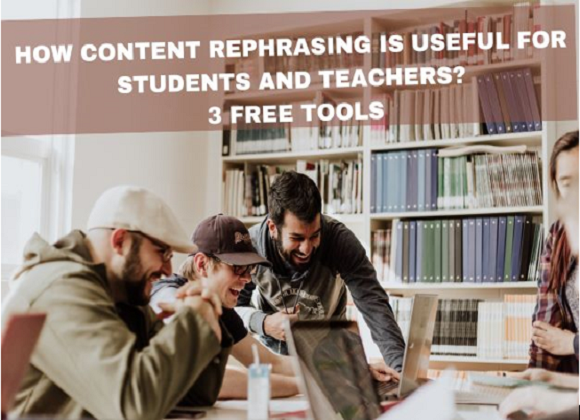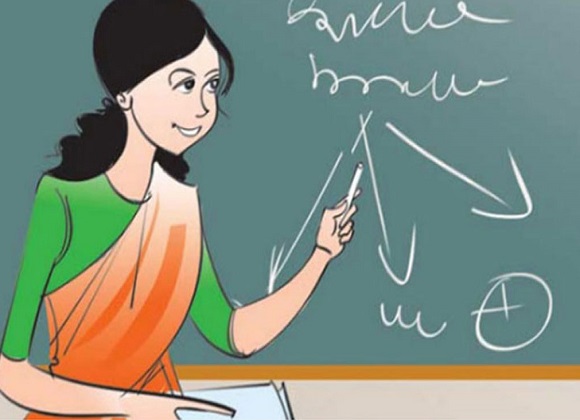Courses
Grow skills with quality courses
Until we get equality in education, we won’t have an equal society.
~Sonia Sotomayor
The National Education Policy, 2020 includes a vision of making education not only equitable and universal for all, but also inclusive. Its special focus lies on the socially and economically backward groups, females, etc. The latest census shows that the dropout rate of females is higher when it comes to education after secondary levels and is very less for higher education. Many reasons can be attributed to the same like the onset of menstruation, long distances required to be traveled by them along with lack of hygienic toilets, etc.
If we look at the NEP-2020, it includes a special fund for the same and goes by the name of Gender Inclusive Fund. It will be used to provide quality education to all students along with building hostel facilities for children too. This policy hopes to work on specific social causes like gender stereotyping and beliefs that have been so ingrained in our society that hinder the growth and progress of girls and the other marginalized genders in every department. It also focuses on the inequity prevalent in recruiting teachers where there is wide-scale disparity seen between the males and females, especially in the rural setup. New methods shall be adopted for the recruitment in this sector with a special focus on merits and the qualifications required. Along with that, efforts would be made to provide an appropriate forum for their recruitment, which can include appropriate training for quality education.
There has been a provision in the policy that calls for the teachers and Anganwadi helpers to undergo training so that they will be able to counsel the families of girl students. This can be seen as an important step as it will help bridge the gap between the educated girl and her uneducated family. This gap is the reason that girls face difficulties in continuing with their studies after primary school. How can this be rectified further, is talked about in NEP. One way could be by focusing on skill enhancement courses like vocational education, teaching them computer skills, carpentry, etc. that can help them generate an income for themselves in the future. This will reduce their dependence on their parents and husbands and they would be seen as an asset rather than a liability. This would also help in bringing more and more females into the educational arena.
Along with this, NEP has focused on providing education on sex, menstrual hygiene, and health- not only to the girls but boys too. These components can be added to the curriculum and made compulsory as part of the teaching-learning outcome. Legal literacy is also one element that has been kept in focus in the NEP-2020 as the girls should be aware of their legal rights under any circumstances that she faces. Female health and correct information about the same to be provided to the girls along with informing them about various government schemes focusing on their health and nutrition, like the mid-day meal scheme, etc. Working towards these targets can help make education more inclusive for the girls and also bring a larger number of their force in the education and service sector.
About the author
Comments
Recommended by Gurushala

Technology & Innovation
-By Valentina MilanovaHow Content Rephrasing is Useful for Students and Teachers? 3 Free Tools

Stories of Indian Classrooms
-By GurushalaOn the course of continuous learning- An inspiring teacher story from Pune
Related Articles
